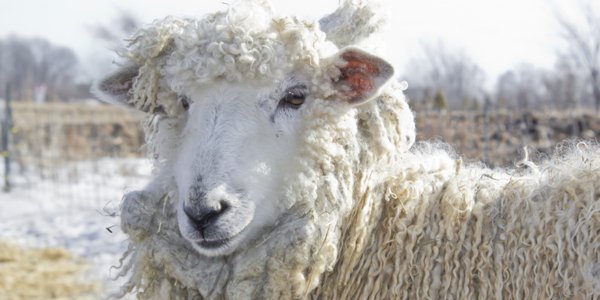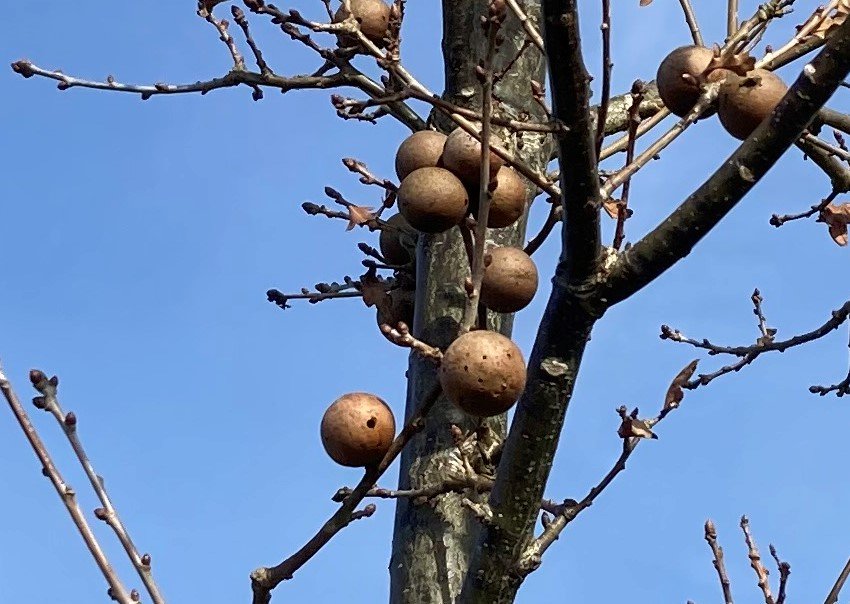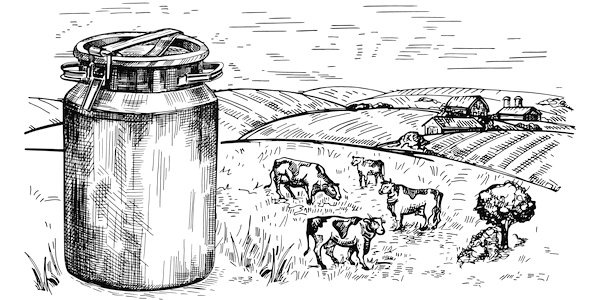This is our final Notes from the Sticks repeat. It was first published on May 1, 2022.
DURING the winter I have been aware of many different kinds of lichen on branches and walls. Now that the leaves and flowers are coming out the lichens are fading into the background.
The first question is: How do you pronounce the word? Is it the same as ‘liken’ or does it rhyme with ‘kitchen’? The consensus of authorities on these matters seems to be that ‘liken’ is the usual British way and ‘litchen’ is more common in the US.
The second question is: What is a lichen? It is a unique life form that is a symbiotic partnership of two separate organisms, a fungus and an alga, which benefits both. Fungi do not contain chlorophyll or any other means of producing their own food so they rely on other organisms for nutrition. Algae are a type of bacteria which photosynthesise and provide food for the fungus, so it can grow and spread. In return the fungi protect the algae.
Like so many things which are little regarded, lichens are of enormous service to us. The algae convert carbon dioxide through photosynthesis into oxygen. Lichens also absorb pollutants in the air.
Needless to say there are far more species than I guessed – 1,800 in Britain and 20,000 identified so far in the world. It is estimated that lichens cover 6 to 8 per cent of the Earth’s land surface, an area larger than that covered by tropical rainforests. They are found from sea level to mountain tops and can grow on almost any surface. They have adapted to survive in some of the most extreme environments on Earth: Arctic tundra, hot dry deserts, rocky coasts and toxic slag heaps. They can even live inside solid rock, growing between the grains.
I am not going to pretend to know any names but here are some pictures of lichen I have taken over the last few months. First, on walls:




On trees and bushes:




And my favourite, which I found on top of a concrete post:

By the way, among the works of the eminent science fiction author John Wyndham is a book named Trouble with Lichen. The Penguin online blurb for it reads as follows: ‘Francis Saxover and Diana Brackley, two scientists investigating a rare lichen, discover it has a remarkable property: it retards the ageing process. Francis, realising the implications for the world of an ever-youthful, wealthy elite, wants to keep it secret, but Diana sees an opportunity to overturn the male status quo by using the lichen to inspire a feminist revolution.
‘As each scientist wrestles with the implications and practicalities of exploiting the discovery, the world comes ever closer to learning the truth . . .
‘Trouble With Lichen is a scintillating story of the power wielded by science in our lives and asks how much trust should we place in those we appoint to be its guardians?’
I’ll second that.
***
Sheep of the Week

This a Cotswold sheep, sometimes called the ‘Cotswold Lion’. Introduced to Britain by the Romans, it has long lustrous fleece and this was the wool which was such an important export in medieval times, bringing wealth to the Cotswold towns and villages, and to the whole country. I am not sure whether it was this wealth or the fact that the wool can be slightly yellow that has given the sheep the nickname of ‘the golden fleece breed’.
However as the wool market declined so did the breed, and by the mid 20th century there was just one large breeding flock and a handful of small flocks left. Since then numbers have slowly built back up and are still growing, with the wool in demand from hand spinners. They are also slaughtered for meat which is mild in flavour.
Here is a video about them.
You can read more about Cotswold sheep here.
While I was looking around YouTube I found this delightful clip (I don’t know the breed involved). If you need cheering up this is just the job:
***
The oak trees round here are still not in leaf and nor are the ash trees, so I don’t know if we are in for a soak or a splash. A few of the oaks, like this young one, are adorned with spherical growths.

These are oak marble galls caused by a gall wasp, Andricus kollari, which was introduced from the Mediterranean in the 1800s because its galls have a high tannin content, which was useful for tanning leather and dyeing cloth.
I picked a couple to photograph.

The female lays an individual egg on the branch. When the larva hatches, it produces a chemical that induces the oak to grow a shell around the area, encasing the grub in a safe, woody nest. When the wasp has grown to adulthood, it chews its way out, leaving behind a tell-tale escape hole.

I assumed that the interior would be hollow but when my son sawed the right-hand one in half I was surprised to find it was more or less solid.









